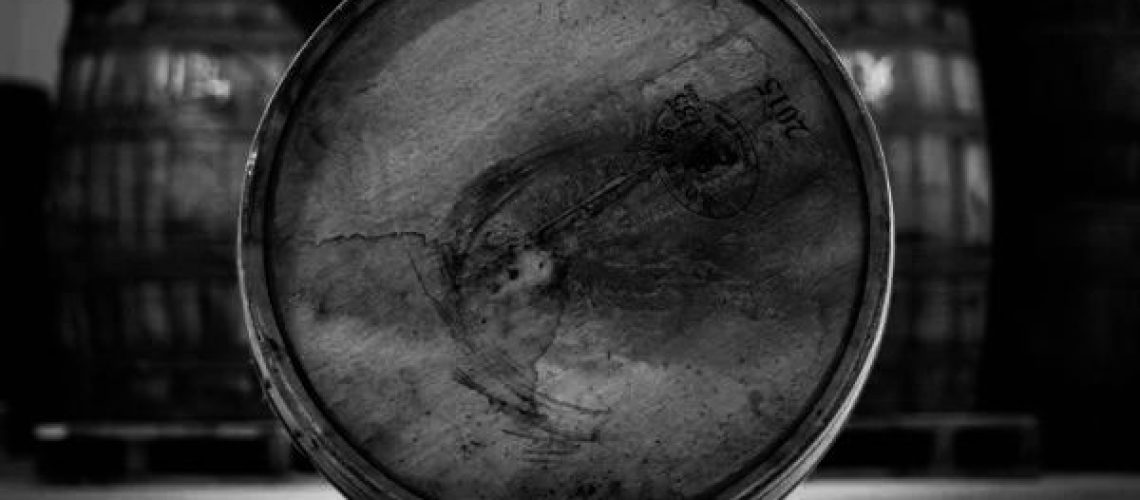As we continue down the road of discovery into the wonderful world of whisky, we find ourselves consuming more and more educational information in the form of tastings. This is an excellent way to learn more about available whisky and how the different whisky-producing regions produce unique flavours, but are you able to detect the same aromas and tastes you see in these online tasting videos?
We decided to embark on a bit of research to understand if we can help our clients improve their detection of the subtle flavours whisky has to offer. Is it simply an experience that develops over time or perhaps something more? Most will tell you that your personal history and experiences come into play – if you’ve never smelt or eaten dates before then it’s unlikely you will be able to detect that within your tastings!
So, can you really taste strawberry, apricots, dates and chocolate in the whisky or is it something else? Let’s dig in and take a deeper look.
How does whisky get its flavour?
In the first stage of the process, the flavour of Scotch Whisky is influenced by the base ingredients which include water, barley and yeast in turn with the particular processes used in both distillation and ageing. Water is added after the spirit has been produced in order to dilute it to around 40% ABV ready for bottling, making it clear the water source impacts the end result.
Distilleries often go to great lengths to protect their water sources. For example, in the Speyside area, a distillery bought up all of the land situated on either side of the mountain spring that feeds the distillery, thereby ensuring a pure and consistent supply long into the future.
Once the new make spirit has been produced it flows out of the stills and into the barrels where it will be stored for years into the future. The type of wood and history of the barrel has the biggest impact on the final flavours.
It is quite apparent that very similar distillation processes used will result in widely varying flavours from one distillery to the next, the video below explains in detail some of the variances in flavour across the Scottish whisky-making regions.
Start with the Nose
There are two distinct components to appreciating fine single malt whisky and the nose can be just as important in the quest to assess the flavour as the mouth. Nosing is simply the art of drawing in the Whisky vapour and works best with Tulip-shaped glasses – often aptly referred to as nosing or tasting glasses.
Interestingly, many whisky experts suggest the nose should pick up the subtle aromas almost immediately with the taste merely confirming the experience of the nose.
We love the smell of Whisky and we often find the smell is better than the actual experience of tasting it due to the lack of afterburn!
Even if you are a novice, you should be able to pick up some of the distinct whisky flavours through the nose. It could be fruity tones which signal time in sherry casks or smoky as would be expected from a peaty whisky. Some of the world’s most popular whisky, like The Glenlivet and Glenfiddich, often give off a scent of the oak they were matured in together with a sort of apple/fruity flavour.
Probably the most important aspect of successful nosing is to make sure you use the correct shaped glass as I mentioned. The process is also fairly straight forward but there are a few tips as opposed to simply breathing it in. Swill the spirit around and then take a breath over the rim of the glass – you can pull it back a bit if you find it overpowering as that will dull the senses required in order to detect the subtle flavours. Finally, it is important to keep your mouth open as you inhale, apparently, that prevents the vapour from getting trapped in your sinus cavities and will give you the best opportunity to experience any flavours.
Tasting the whisky
Now comes the interesting part, you have done everything right with the nose and have built up a picture in your head of a nice oak or fruity flavour and you get ready to taste. Whoa, the taste that follows doesn’t match that picture you had in your head, it’s vastly different and whilst you are searching in your mind to make sense of it all an afterburn creeps up distorting the picture even further! It’s all rather confusing and you wonder if you’re doing it correctly!
Most novice whisky drinkers will find the alcohol overpowers the senses and prevents the subtle flavours from surfacing. Over time, the palate adjusts and builds up a tolerance to alcohol even though seasoned whisky drinkers will likely continue to feel something of a burn.
Is there a right way to taste whisky?
There is not really a right way of doing anything, it is more a case of what you find works for you. Having said that, this is what we have discovered so far and our methodology for tasting. I believe that consistency in the way I taste whisky should ultimately help with not only identifying flavours but comparing different whisky to understand the subtle differences.
We begin by taking a small sip, almost like we would when approaching a steaming hot cup of coffee – as we’re not sure how hot it’s going to be, we tread with caution. We allow the spirit to settle in our mouth for around 5-10 seconds, all the while swirling it around and chewing it to break open the flavour profile. After we swallow, we sit and consider the flavours on our tongue which are often dominated by oak or sherry depending on the barrels used for ageing as these flavours are simply easier to pull out.
Does whisky really taste good?
When we are young, we generally can’t handle eating any spicy foods and refused to even try them – this is more of a mental block than anything else. All you could taste was the spicy burn and nothing else making the whole experience unpleasant. Over the years we begin to adjust ant used to the new flavours. As we have all mostly experienced this before, even though it may have taken many years, we can understand how the appreciation for whisky and its flavours will develop and improve over time in exactly the same way.
Your mouth and throat are lined with tiny nerve cells that are there to protect you from injuring yourself. Imagine you sipped your coffee in the morning and it was a little bit too hot, those nerves would jump into overdrive sending pain signals to your brain in the hope it will prevent you from doing it again.
A similar thing occurs with whisky, those same tiny nerve cells end up confused when they meet the powerful spirit and send signals to your brain that something is amiss even though the whisky may well be at room temperature. The scientific reason is due to ethanol content (the burn) within the whisky triggering a nerve response and of course, the higher the proof, the more the burn!
It is difficult to go from a novice whisky drinker who only feels a burn and not much else to a connoisseur that loves to taste and experience many different spirits. The way you engage with the whisky, as I mentioned above, can really bring out the flavour and change the whole experience.
Should you add water or ice to your whisky?
The most common method of dampening the alcohol and enhancing the flavour is by adding a drop of water or serving your whisky ‘on the rocks’ with a block of ice. Consensus on whether you should do this differs amongst whisky professionals, some say you should never add water to the whisky and others advocate the advantages of doing so. We believe, it is probably an important step if you are fairly new to whisky tasting.
You will notice when adding a few drops of water, that whisky and water do not make a perfect pair and refuse to mix well due to their differing molecules – that is apparent as the water looks somewhat like oil floating around in the whisky. Due to the science involved (which I will not try and explain here) the water tends to ‘open up’ the whisky releasing more of the flavour for you to appreciate.
If you are lucky enough to visit a distillery, you’ll notice all the major distilleries provide water with their tastings, if adding water was taboo then I feel they would omit the water and encourage you to taste their precious spirit straight up!
Can you taste the age of whisky?
The common answer to this question is yes, but it won’t necessarily taste better – just different. The spirit draws its flavour from the (oak or sherry) maturing barrel. The longer the liquid remains in the barrel, the more flavours will be absorbed from the wood over time.
As the temperature shifts through the different seasons of the year, the spirit expands and contracts in and out of the wood fibres of the barrel, each time developing the flavour. Sometimes whisky can become overpowering and almost bitter from ageing too long – this results in an expensive whisky that could be rather unpleasant to drink.
Often aged whisky is simply more expensive due to the cost of storage over time and the additional evaporation which will occur, the longer the spirit remains in the barrel the more will evaporate (known as the angles share). It stands to reason that the older the whisky, the less of it there will be pushing up the overall price.
5 tips to improve your whisky tasting
1. Perform your own nosing and tasting and write down the flavours you think you have identified, you can then compare these to tasting notes from professionals, or the official distillery notes which are normally available on their websites.
2. Book a distillery tour or attend a tasting festival. These events tend to be well organised and offer the opportunity to taste a variety of whisky that has been hand-picked in advance by the organiser.
3. Spend time on online watching tasting reviews and learn how different tasters rate the same whisky – it will surprise you how the results vary!
4. Get yourself a book on whisky tasting, choose from a variety of bestsellers online.
5. Make sure you have a water dropper handy so you can add one or two drops to open up the flavour – using a dropper ensures you don’t overdo it!


